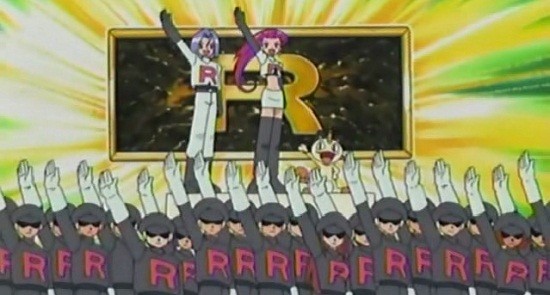
Racism isn't always obvious. From time to time, a number of blatantly racist video games are released, and everyone goes apeshit. There are rare situations, however, when the racism isn't as obvious. These are the situations in which thoughtless stereotypes are used, or when games touch upon inflammatory topics. You'd be surprised by the sheer amount of unintentional or hidden examples of racial insensitivity found in what are believed to be the most family-friendly titles.
]
1. LocoRoco (PSP, 2006)
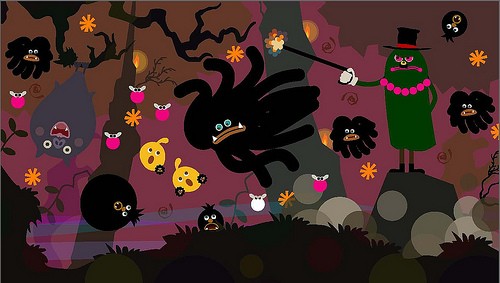
You'd never expect such a cute and cheerful game to be considered
racist, huh? Prior to the release of this Japanese PSP game, however,
blogger Alejandro Quan-Madrid compared the game's Moja characters
to blackface and said the game is an example of “institutionalized racism that needs calling out.”
It
should be noted that this accusation of racism came only a few days
prior to a similar accusation against Sony for its white-colored PSP
advertisement, showing a white woman violently holding the face a black
woman.
2. Street Fighter (Series) (Various Platforms)
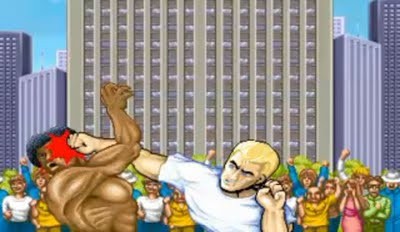
According to Street Fighter fiction, M. Bison, the leader of the mysterious crime syndicate known as “Shadaloo,” sponsors the World Warrior Tournament and threatens the peace of the land. What do the Street Fighters do about this? They travel across the world, beating up stereotypes from each country.
Just about every racial stereotype is represented in the Street Fighter series. There's the motorcycle-riding obese American, an Indian man who breathes fire and wears a necklace made from shrunken skulls, a Native American who wears a feather headdress, a sumo wrestler from Japan, and a primitive, beast-like man from Brazil. With the exception of the obese American, the stereotypes portrayed in Street Fighter II falsely generalize people from various countries.
3. Spanish for Everyone (Nintendo DS, 2007)
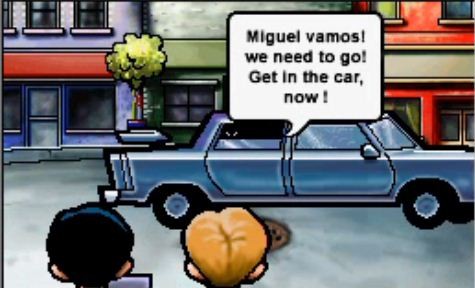
The best way to prevent racism is through proper education. Not in this case, however. What is supposed to be a fun and creative way to learn Spanish ends up becoming a collection of racial stereotypes of Hispanic culture. The story of this game begins with a Hispanic friend taking off with your Nintendo DS, fleeing the police as he heads for the border. Luckily, a flirtatious señorita gives you a ride to Mexico and tells you that she “can teach you many things, and Spanish is definitely one of them.” Isn't edutainment great?
You can watch the hilariously politically incorrect video here.
4. Mike Tyson's Punch-Out!! (NES, 1987)
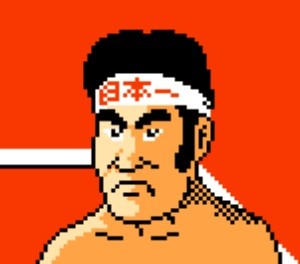
Little Mac has to take on challengers of numerous ethnic groups and their stereotypes in the Punch-Out!! series. Soda Popinsky (known as Vodka Drunkenski before Nintendo censored the name) is a drunk Russian who wears a red Speedo similar to Street Fighter II's Zangief. There's also a weak French guy, a jive-talking Jamaican and a Japanese guy who says, “Sushi, Kamikaze, Fujiyama, Nipponichi.” It's shamelessly politically incorrect, but Punch-Out!! wouldn't have been so memorable without it.
[
5. Miburi & Teburi (Wii, 2008)
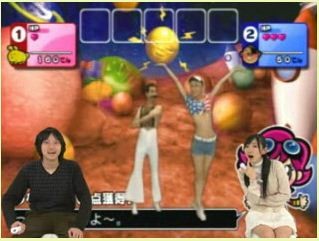
Americans are the victims of prejudice from other countries, too! In this Japanese-exclusive Wii game, two extremely hairy “American” characters say things like “I love Japan; I love Japanese people” in horribly impersonated American accents. Brandon Sheffield at insertcredit.com called it the equivalent of someone saying “I rike fly lice” to describe how a Japanese person might talk.
6. Scribblenauts (Nintendo DS, 2009)
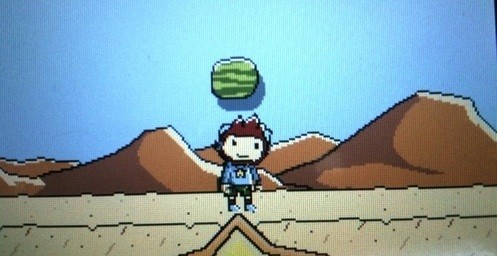
This one can be a stretch, but there's too much of a coincidence to be ignored. In Scribblenauts, almost any word that you type into the game will produce a graphical representation of the object. Type in “car,” and a drivable car appears, etc.
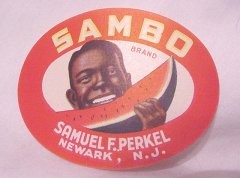
The game intentionally avoids racial stereotypes and words. Typing in “SLAVE” produced an old white man in a tuxedo, and typing “WASP” produced, well, a wasp.
Entering in “sambo,” however, produced what appears to be a watermelon. In the United States, the word “sambo” is used to demean Africans and African-Americans. “Sambo” was even a common slave name in the United States.
The Online Etymology Dictionary defines “sambo” as the following:
stereotypical name for male black person (now only derogatory), 1818, Amer.Eng., probably a different word from sambo (1); like many such words (Cuffy, Rastus, etc.) a common personal name among U.S. blacks in the slavery days (first attested 1704 in Boston), probably from an African source, cf. Foulah sambo “uncle,” or a similar Hausa word meaning “second son.” It could be used without conscious racism or contempt until circa World War II.
Scribblenauts developer 5th Cell quickly responded by stating that there is no racial intent involving the inclusion of the word “sambo.” The term is actually a reference to the fig-leaf gourd that resembles a watermelon.
7. Pokémon (Game Boy, 1996)
Pokémon has had its fair share of controversy since its release in the mid-'90s, including animal cruelty, gambling among children and even Satanic subliminal messages if you play the Pokérap backward–seriously, Satanism. It's also the center of a lot of apparent racial insensitivity, as well.
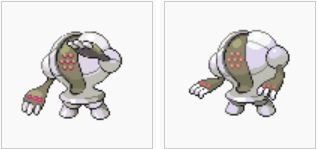
In the English and Japanese version of Pokémon Diamond and Pearl, for example, the pokémon Registeel has his arm extended similar to the Hitler salute. The European release altered the sprite and lowered his arm.
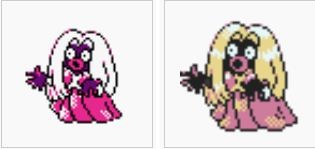
The pokémon “Jynx” was also believed to have been another example a negative racial stereotype of African-Americans, similar to the previously mentioned use of blackface. With characteristics like black skin, long blond hair and swaying hips, it's no wonder people have taken offense to this particular pokémon.
Cultural critic Carole Boston Weatherford called out Nintendo for this, and they responded by changing the color of the pokémon's skin from black to purple for the American localization of the game. They also changed her (his?) color in the cartoon show and manga.
It was believed Jynx was based off the Japanese ganguro fad. This is a fad in which Japanese girls would dye their hair blond or white and tan their skin as dark as possible. Hey, it was a trend! Check out these lovely ladies here.
However, the pokémon being based on this fad cannot be true. The ganguro fad reached its peak in 1995, and the first two Pokémon games began development in 1990.

